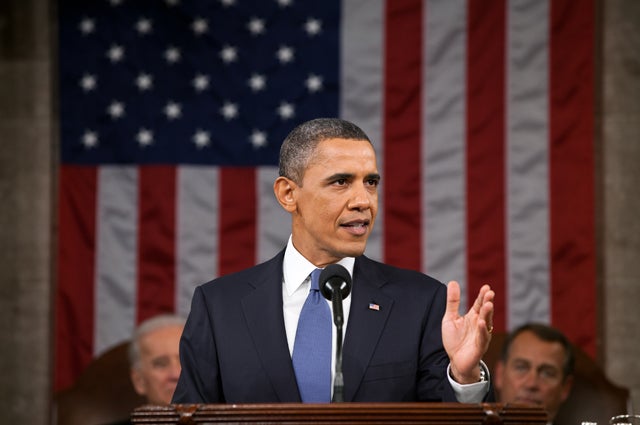In his State of the Union address, President Obama announced a new type of retirement savings account he wanted the Treasury to create. He signed the executive order today. We asked Romina Boccia, Heritage’s Grover M. Hermann Fellow in Federal Budgetary Affairs, what this is all about. — Amy Payne
What is this new myRA account?
This is a Roth IRA retirement savings account, which means you can contribute post-tax earnings to the account and the interest is tax-free, assuming people wait to withdraw the amounts after they turn 59 ½ years of age. The funds added to a myRA will buy only Treasury bonds with a risk and return profile similar to the G Fund in the federal employees’ Thrift Savings Plan. It takes $25 to start an account, and you could contribute as little as $5 at a time. Once the account reaches $15,000, it would have to be transferred to a private-sector Roth IRA.
If it’s similar to an existing type of retirement account, why would people need another account like this?
Almost all private Roth IRAs (that aren’t employer-based) have higher minimums to start an account, and monthly contributions have to be higher. The idea here is that we have low-income Americans who have a hard time setting aside, for example, $1,000 to start an account like this on their own, but the lower threshold for the myRA would help them start. It’s meant to be a starter account to help them accumulate enough money to transfer into a private-sector account. Another feature is that unlike many private accounts, there would be no fees.
Who is it for?
Ideally, this would only apply to low-income Americans who don’t have access to retirement savings through their employers. But the current structure of these accounts goes far beyond that—a household could earn $191,000 and still be eligible for one of these accounts.
Why does that concern you?
Because it means that even people who could opt for a private-sector account may join. Since employers will automatically deduct the contributions, most workers will just settle into this default setting and continue to contribute on auto-pilot. Workers who could be earning higher returns could get stuck in these low-interest government accounts.
MyRA allows you to accumulate $15,000 in these accounts—but you could convert them into private-sector accounts much sooner. The interest people are going to earn by buying these government bonds is much lower than what they could expect in an account that has an age-appropriate mix of stocks and bonds.
The President said “MyRA guarantees a decent return with no risk of losing what you put in.” That sounds like a great deal—is it too good to be true?
While people might not lose their principal investment, they could still lose value because of inflation. In recent years, inflation has been much higher than the return on most Treasury bonds. The myRA would provide participants with the same returns federal employees receive from the Government Securities Investment Fund in their Thrift Savings Plans. As for guaranteeing a “decent return,” the most recent five-year average rate of return was 2.69 percent, which is much lower than other types of retirement investments earn over the long run.
How would you enroll?
You would enroll through your employer, who would set up automatic deductions—just like other things that come out of your paycheck. It’s unclear at this point whether employers would automatically enroll you—with the option to opt out—or whether they would ask you if you want to enroll.
President Obama made a big deal out of his plans to act without Congress. He said he will “direct the Treasury” to create the MyRA. Does he have the authority to do this?
We haven’t seen the text of the executive order yet, but it appears that he does have the authority to create this through the Treasury.
